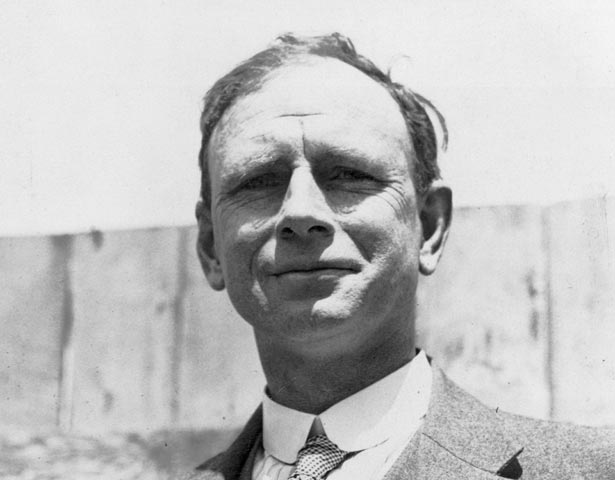
Richard Gross was a New Zealand sculptor, famous for his creation of war memorials, which typically depicted the nude male in precise detail.
Having begun working as a dairy farmer, Gross quickly realised his true passion for sculpture, and, in 1923, he was commissioned to fashion the Cambridge memorial to the Great War. Teaming up with architects William Gummer and M. K. Draffin, he continued to produce memorials around New Zealand, including at the National War Memorial, the Auckland War Memorial, and cenotaphs in Wellington and Dunedin.
Gross was renowned for his sinewy detail in the bodies of nude males, and also liked to use lions, which represented the imperial connection. His males would reach upward to the heavens, as in his Wellington Will to Peace work, which symbolised an attempt to move beyond the physical and towards the spiritual. At times, the precision proved controversial. The Athlete, which adorns the Auckland Domain gates, drew criticism due to its naked genitalia, while a nude sculpture created for Labour leader Harry Holland's memorial was also considered inappropriate.
While in England in 1929, having the Will to Peace cast, Gross was made a fellow of the Royal Society of British Sculptors. In 1938 he was made a CMG, and from 1936 to 1945 he served as president of the Auckland Society of Arts. His career included many more memorials, including the one to Michael Joseph Savage at Bastion Point. His legacy is to have given New Zealand sculpture a professional image, through expertly proportioned works, especially in bronze.
Adapted by Patrick Whatman from DNZB biography by Jock Phillips
How to cite this page
'Richard Gross', URL: https://nzhistory.govt.nz/people/richard-gross, (Ministry for Culture and Heritage), updated 8-Nov-2017

Community contributions